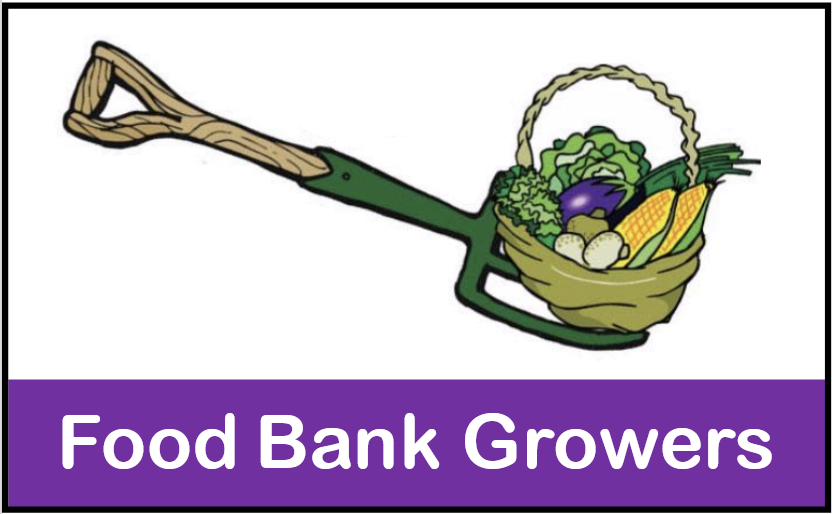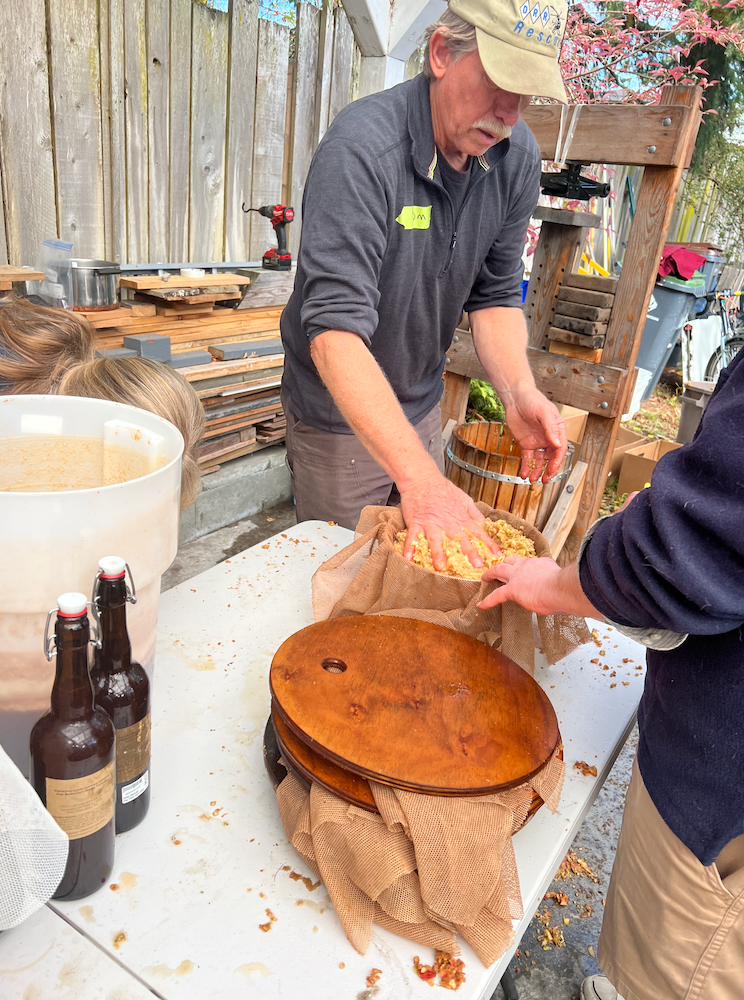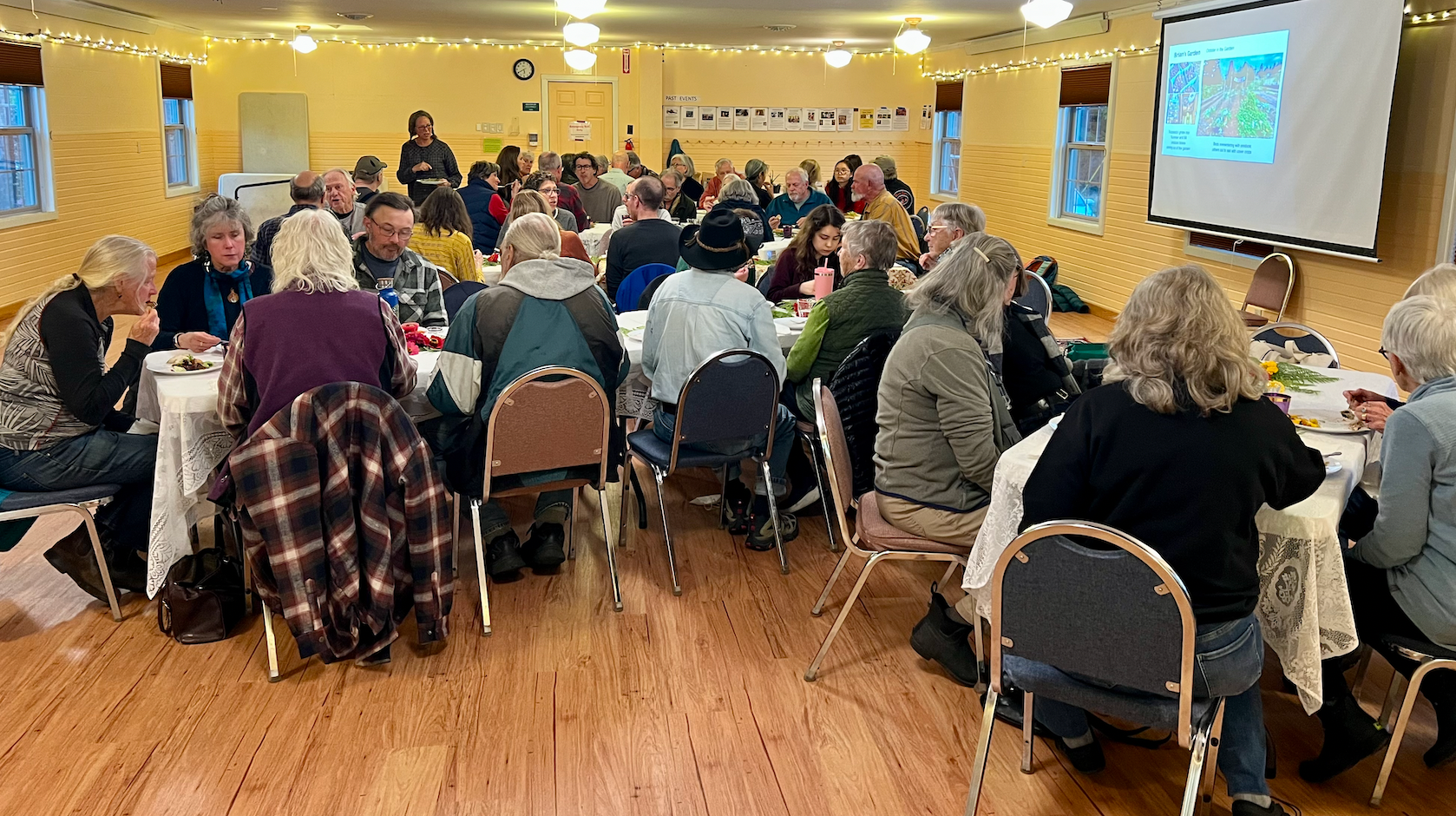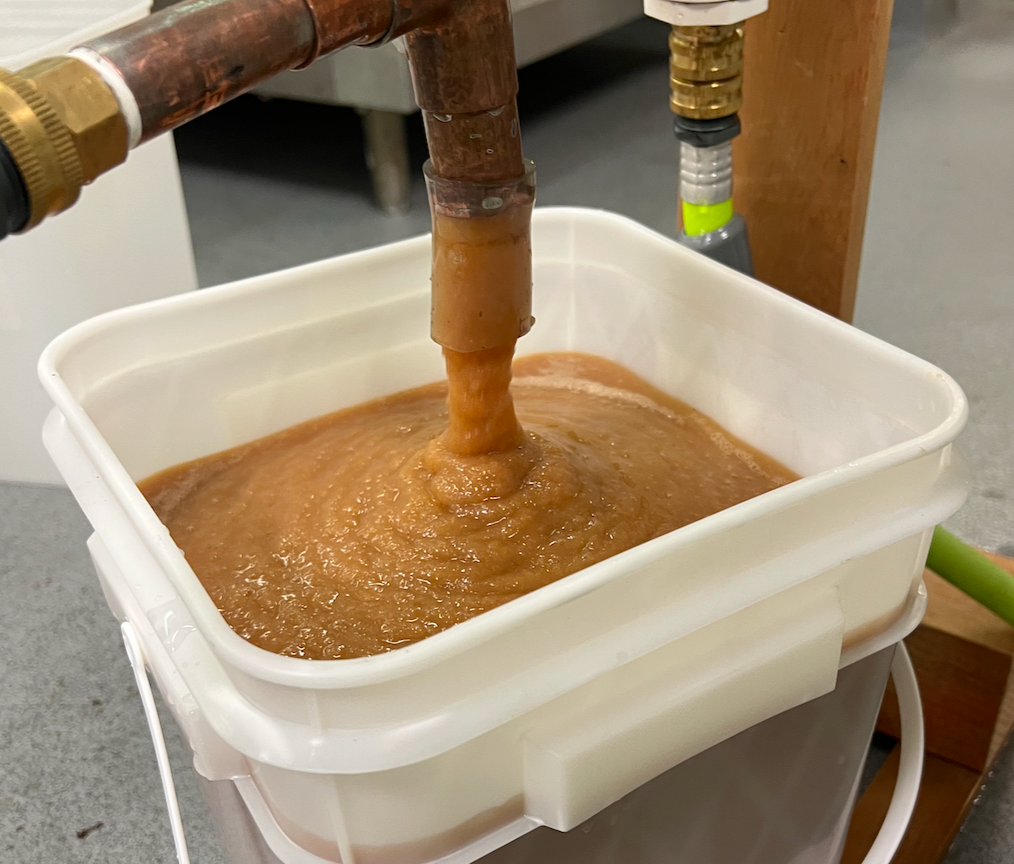Newsletter July 2024
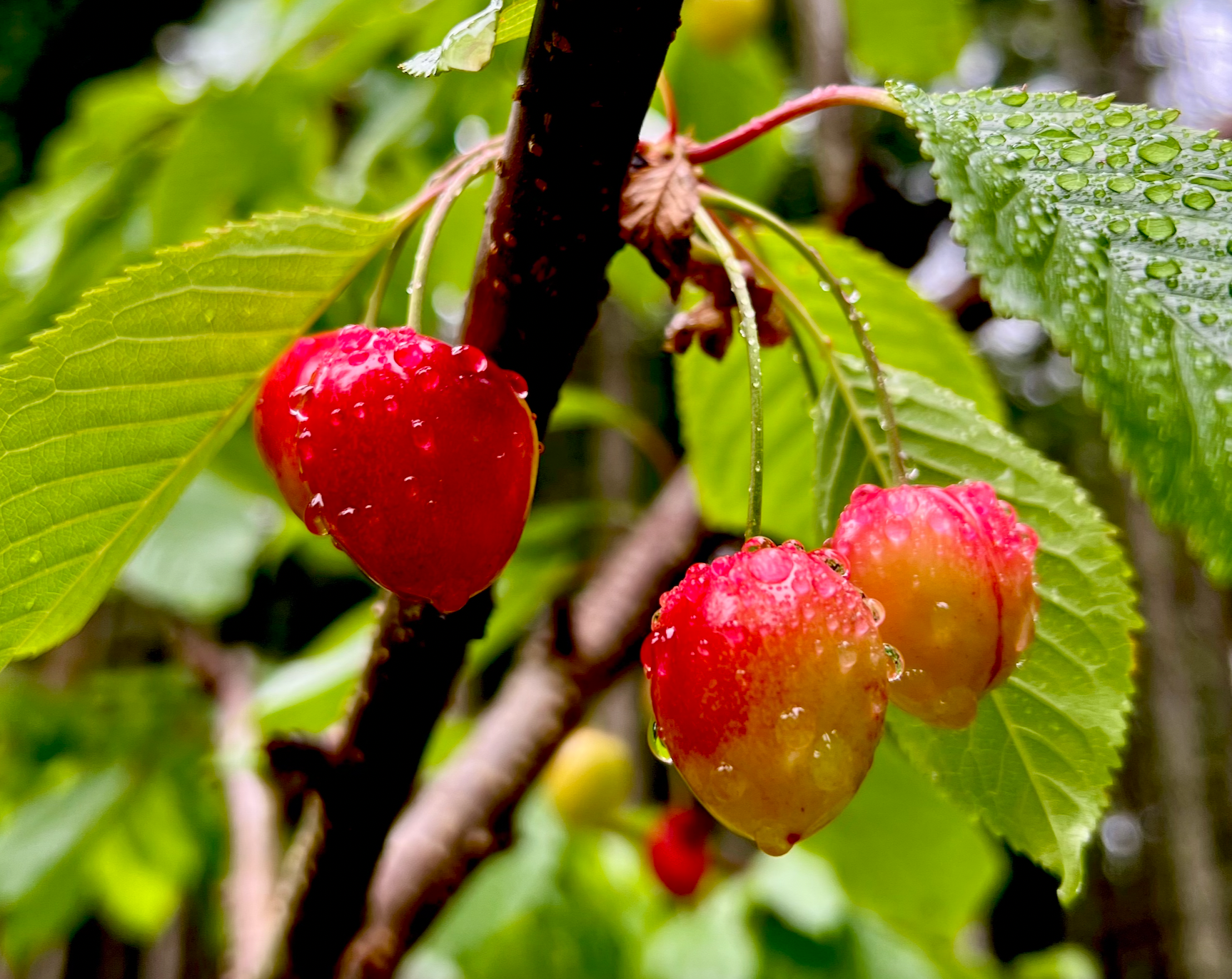
It's Starting to get Picky Out There...
In this Issue...
- HARVEST HELP NEEDED ASAP
- Year-to-Date Harvest Numbers
- NEW Postings
- What to do in the July Garden
- How to Volunteer / Donate (We need Admin Support)
PLEASE HELP -
GROWERS: Do you have a couple extra hours a week? We need help harvesting our growing bounty or preparing the garden space for July plantings ASAP. Please send your name/phone/email to FoodBankGrowers@gmail.com. We’ll find the right garden fit for your time and skills.
GLEANERS: Do you want to be on the Gleaner Opportunity list and be notified when we start collecting fruit from backyard orchards to redistribute? Please send your name/phone/email to PTgleaning@gmail.com.
2024 Year-to-Date Harvest, Hours, and Starts
Thank you volunteers for your time and garden knowledge. Your weekly contributions of fresh, nutritionally dense produce are greatly appreciated by food bankers and school kitchens.
2621.25 - Pounds of fresh veggies
2795 - Volunteer Hours
909 - Veggie Plant Starts (to grow your own)
NEW Postings on FoodBankGrowers.org
High Season at Salish Coast Garden
Brian’s Garden Weekly Work Parties: June 12, June 20, June 26
PT Leader Article - Why Thin Fruit, by Kathy Darrow
Gleaners This Blue Heron Orchard
July in the Garden, by Dianna Wiklund
With the end of June the sun returns and the rain fades away. July is forecast to be average for the Quimper Peninsula. Highs in the low 70’s, lows in the upper 50’s. Very little rainfall unless a thunderstorm moves in. Not good weather for our marginal crops; corn, peppers, tomatoes. But great for starting our winter gardens. The beans and squash should still do well and the greens might take longer to bolt.
Harvesting:
- For those with sweet cherry trees don’t be dismayed. Even if the cherries are cracked/split they can still be used to make juice. Cherry juice can be turned into jelly, syrup, or mixed with other juices. Just don’t leave them on the tree as they will rot and contaminate the rest of your crop. The next round should be better as we will have less rain to split the fruit.
- Reminder on Garlic you need to cure it before braiding up for storage. Lay it out in a warm, dry location away from direct sum light. About 3 weeks or until all the leaves are dried out. Then you can trim the roots and remove the outer skins before you store them either tied in bunches, braided, or in mesh bags ina cool, dry, dark space.
- As the garden harvest continues, July and August are the most abundant months of summer. The early crops are done and it is time to put in our fall crops. The first of the lettuces are done but can be replaced with other crops like beets or carrots.
- This is also a good time to designate some plants to not harvest and save seeds from. Tie a ribbon to them so you donæt forget. If you are working with others, label the ribbon or area so everyone knows not to harvest here.
Planting:
- As the garlic comes out mid month you can start planting broccoli, cabbage, carrots, green bunching onions, leeks, radishes, scallions, spinach, lettuce, beets and many more for fall/winter harvest.
- It is not too late to start beans; both pole and bush can still be direct sown for a late harvest.
- I may even try to plant a few snap and snow peas since the summer looks to be cool.
- Remember that if you are starting seeds to transplant some plants have an upper temperature limit for germinations. Many brassicas wont germinate if they are over 75 degrees.
Garden work:
- Weeding and slug pick should be on the decline this month. It never really stops but is no longer the main focus.
- Preparing beds for plantings by adding compost and checking irrigation lines.
- Mulching to reduce water loss and reduce weed growth. You can mulch with compost, leaves, straw, weeds without seed or runners, old sheets and cardboard can also be used in pathways.
- Tomatoes need to be supported and pitched back to open them up for better circulation. Try to keep the leaves dry. Watering with warm water will help them mature and produce more.
-
Remember to take time to just sit in the garden and enjoy its abundance. Even if that abundance is just weeds. Weeds produce oxygen too and provide habitat and food for all kinds of critters. Nothing is ever wasted that grows, dies and becomes mulch and compost. The cycle of life is beautiful in all its forms.
Happy Gardening
Dianna Wiklund 🌻
FBG Garden Coordinator
